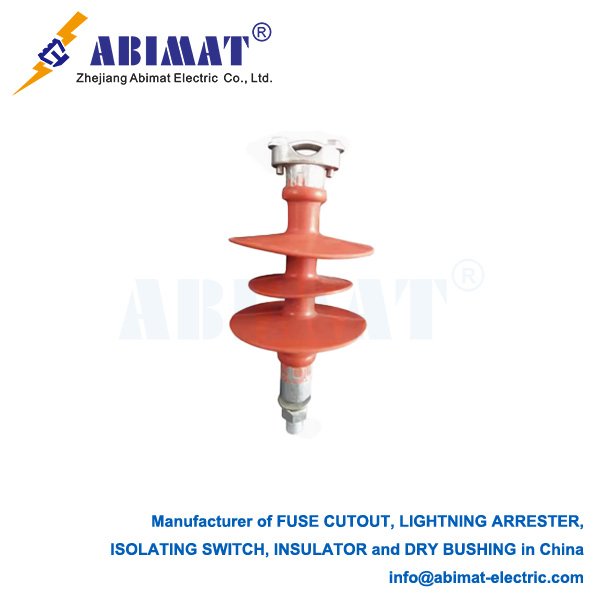Composite Post Insulators: Advanced Electrical Insulation Technology
Composite post insulators have changed high-voltage insulation for the better. They’ve taken the place of old porcelain and glass ones—in substations and power lines all over the world. These insulators do a key job: they keep live electrical parts separate from grounded structures. And they’re strong, too, giving great mechanical support.

Design and Materials
I. FRP Core: A fiberglass-reinforced polymer rod delivering high mechanical strength in tension and compression without brittleness.
II. Polymeric Housing: Silicone rubber or EPDM weathersheds protecting the core while providing necessary creepage distance.
III. Metal End Fittings: Forged steel or aluminum alloy terminals crimped to the core for structural connections.
Key Advantages
These insulators bring big perks for day-to-day use. They’re 80 to 90% lighter than porcelain ones. That makes them easier to install and eases the load on structures.
They handle dirt and grime really well. The silicone rubber they’re made of repels water. That stops conductive water films from forming—even in coastal areas, factories, or damp places.
They take a hit and keep going. The design doesn’t shatter. It can stand up to vandalism, earthquakes, and flying bits of debris.
They’re safer, too. Unlike brittle materials that can explode when they fail, these don’t do that.
And they need almost no upkeep. Even when they get dirty, their water-repelling property spreads out. That keeps them working like they should.
Design Considerations
Picking the right one means checking a few things.
First, the mechanical load rating. That’s how strong it is against bending or squeezing—like 16kN or 32kN. You have to factor in safety, too.
Then there’s the creepage distance. That’s the length of the path where electricity might leak. It needs to match how dirty the site gets, following IEC 60815 rules.
The shed profile matters, too. The shape is designed to clean itself, and to stand up to dirt and ice.
Dry arcing distance is key. That’s the clear space between the end parts—needs to be enough to handle the electricity.
The core, made of FRP, has to hold up. It shouldn’t break easily or get damaged by acid.
For materials, silicone rubber is a good pick. It handles sunlight well and keeps repelling water over time.
Applications
You’ll find them used in lots of places.
Substations, for one. They hold up things like disconnectors, circuit breakers, busbars, and surge arresters.
Transmission systems use them too. They support dead-end structures, jumper parts, and risers.
They work well in tough spots—coastal areas, industrial zones, places where earthquakes happen.
Standards and Validation
Their performance gets checked through tests—following IEC 61952 for overhead lines and IEC 62231 for station posts.
They run mechanical tests. These check how they handle pulling, bending, and twisting.
Electrical tests are done too. They see how well the insulators stand up to regular power frequencies and sudden electrical jolts.
There are environmental tests. Think salt fog and temperature swings—they test how the insulators hold up.
And long-term aging tests. These put them under both electrical and mechanical stress, to see how they last over time.
Conclusion
Abimat composite post insulators are super reliable for today’s power networks. They’re light, tough against the environment, and don’t fail in a catastrophic way. That gives them an edge over older solutions, even over their whole lifespan. Pick the right one for the job, and it keeps the grid working its best—no matter the conditions.


